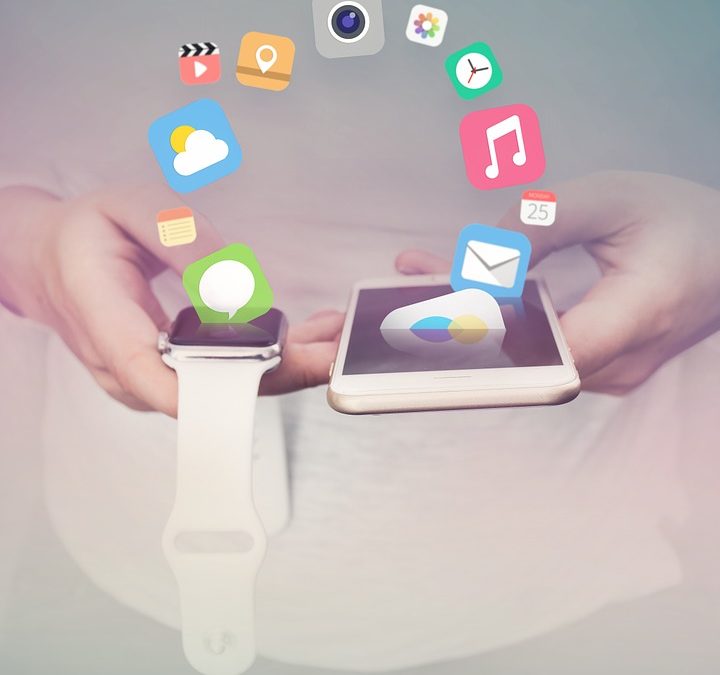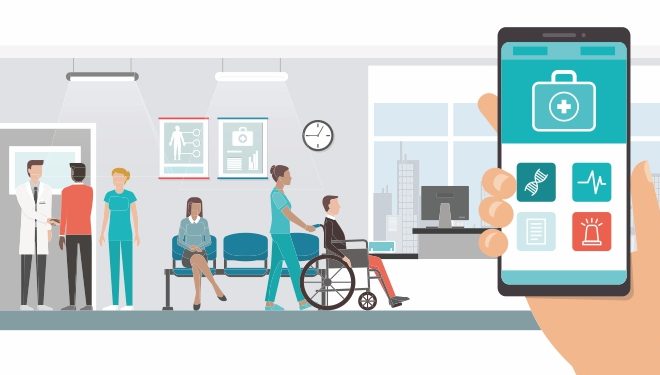Let’s Talk About Interactive Patient Care
Comfort is something that we associate with hospitality and not a hospital. If we are completely honest, comfort and hospital stays are unlikely friends. But this is changing.
The focus on patient satisfaction and patient engagement have become high over the past few years. And the healthcare sector has been focused on leveraging technology to improve patient satisfaction levels. As we delve deeper into Consumer-Directed-Healthcare, healthcare providers have to look beyond the EHR systems and leverage technology in other ways to improve engagement and drive patient satisfaction.
The new kid on the block to aid this is interactive patient care.
The definition of patient care has now evolved. Interactive patient care – what is it?
Owing to globalization, patients are more aware and are now the ‘consumers’ of healthcare. Patient care has grown from administering surgical or medical care to ‘how’ patients are treated and what their experience is like in the hospital environment. Factors like education and entertainment also contribute to this.
As patients no longer remain passive receivers of healthcare, hospitals have to ensure that all their queries are addressed promptly. What happens if the patient has some queries and the nurse is not available due to administrative load or high-patient volume? What if the patient needs facility information? How can you increase patient satisfaction if they are bored out of their minds because the traditional television just doesn’t make the entertainment cut anymore? Offering wi-fi service in the room is not a luxury but is now a necessity.
So, what can hospitals do to assuage the needs of this new-age patient? They employ Interactive Patient Care systems!
Essentially, interactive patient care is the use of in-room technology to improve the quality of patient education and thereby empower them.
These systems also help the patients and their families take an active role in the patients’ health journey. This leads to improved patient satisfaction levels by delivering proactive and personalized care to the patient. With interactive care, you can ensure complete patient engagement from admission through to discharge.
How does it work?
Interactive patient care platforms employ commercial-grade interactive high-definition TV, wireless peripherals such as TV controls and pillow speakers, bedside multimedia devices like displays on articulated arms or other proprietary hardware) and mobile devices such as tablets and tablet PCs. Using these care systems, patients can communicate directly with their care team in the hospital and easily discuss issues such as medical complications, managing pain, etc. They can also provide proactive feedback on the quality of care.
The Benefits
Information and education for patient empowerment
Interactive patient care employs technology to
- Help people learn who their caregivers are.
- Provide complete information on their health condition and the treatment plan.
- Provide information regarding the patient discharge process.
- Offer online information and video education and hence allow patient to learn about their treatment or procedures in greater detail.
- Helps in improving the recovery process through video information as patients have better information available at hand.
- Reduces patient readmission rates while improving patient satisfaction levels.
Better patient care and safety
Interactive patient care also makes the hospital environment safer for patients. The care team can easily set parameters on these systems to trigger alerts in the event of an anomaly. Since these are interconnected systems, the alarms reflect on the central dashboard and the patient can receive immediate medical intervention.
Owing to process automation in interactive patient care platforms, patient care in the hospital becomes more proactive. All information regarding the patient, notifications, medicines, etc. are available in a central place. Any alert regarding patient medication can be set easily. All these measures improve the patient care cycle and also increase patient satisfaction levels.
Improved staff optimization
Interactive patient care systems provide constant and real-time updates on patient health. Given this data, hospitals can allocate staff more judiciously.
If, for example, a patient wing has more out-of-surgery patients then that wing might need more nurses or more nurse assistants. By leveraging the data at hand, the hospital can plan staff optimization.
This helps in improving the quality of care and consequently impacts patient satisfaction positively.
Patient engagement
Interactive patient care also has a positive phycological impact on the patient. These technologies contribute to the hospitality experience of the patient. The high definition televisions, iPads, etc. can be used to distract the patient’s mind with great quality movies, television guides or relaxation guides. This helps the patient’s mind escape from the reality that they are in a hospital.
The need for patient-centered technology is now greater than ever before. Hospitals know that today’s patient wants more information and education. By enabling that they are providing more opportunities to accelerate the healing process. It will be safe to say that by employing these technologies, the smart hospitals of the future can not only improving patient satisfaction and patient engagement but also contribute directly to improving patient recovery.




